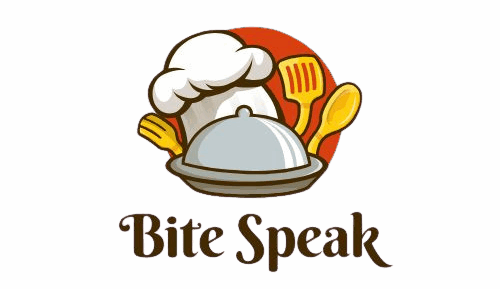6 Subtle Signs You’re Eating Too Many Carbs And 10 Smart Fixes to Help You Cut Back

Carbs aren’t the enemy—but too many of the wrong kind can mess with your energy, mood, and even your waistline. If you’ve been feeling off but can’t quite figure out why, it might be time to take a closer look at your carb intake. Here are a few sneaky signs you’re overdoing it—and some easy, realistic ways to scale back without giving up everything you love.
1. Constant Hunger

Always feeling hungry, even after meals? This might be a sign of excessive refined carb consumption. These carbs cause your blood sugar to spike and then crash, leaving you ravenous soon after. Imagine the frustration of finishing a meal and still feeling unsatisfied, like something essential is missing. It’s not the quantity, but the quality of what you eat that matters. Consider the aftermath of a high-carb breakfast, where your stomach grumbles just an hour later. It’s a vicious cycle, often unnoticed, but impactful on your daily life.
2. Afternoon Sluggishness

Feeling sluggish or foggy in the afternoon? Your carb intake might be to blame. Consuming too many sugar-laden or white flour products can deplete your energy levels, making afternoon tasks seem daunting. Picture the post-lunch lull, where focus wanes and productivity drops. This malaise isn’t just fatigue; it’s a symptom of an imbalanced diet. The energy dips are often misattributed to a busy lifestyle, but carbs might be the hidden culprit. Reevaluate your lunch choices and observe the difference it makes in your day.
3. Uncontrollable Cravings

Craving sweets and starches all day? Fast-burning carbs may be creating a cycle of endless cravings. It’s like your body’s constant demand for sugar is a relentless wave. The more you consume, the more you desire, an endless loop that feels impossible to break. These cravings aren’t just about willpower; they’re chemically driven by the foods you choose. Consider how often you reach for a snack without thinking, a pattern ingrained over time. Breaking free means understanding these cravings and choosing foods that fuel, not fool, your body.
4. Frequent Bloating

Feeling bloated or gassy regularly? A diet high in carbs, especially bread and pasta, might be the cause. This discomfort isn’t just physical; it can affect your mood and daily activities. Think about how often you leave the table feeling heavy, your stomach protesting against the overload. It’s a silent, yet persistent, reminder that your gut is struggling. The bloating isn’t just an inconvenience, it’s a signal to reassess your food choices. A simple adjustment in diet can ease this discomfort significantly.
5. Unexpected Weight Gain

Gaining weight without apparent reason? Hidden carbs in everyday foods might be the sneaky culprits. Consider the sauces, snacks, and drinks that silently add up, contributing to unexpected weight changes. It’s a subtle but impactful shift, often overlooked until clothes fit differently or the scale tips unexpectedly. This isn’t just about overeating; it’s about the hidden sugars and flours that accumulate over time. Recognizing these hidden carbs is the first step towards managing your weight effectively.
6. Skin Issues
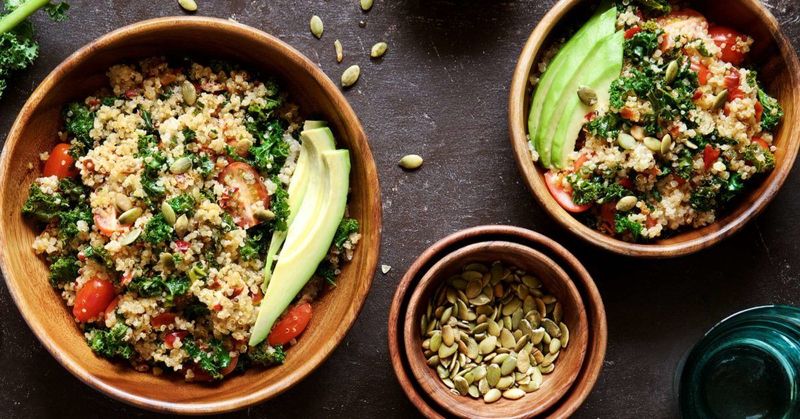
Experiencing skin problems like acne or dullness? Excessive carbs, especially sugar, can be the underlying cause. Imagine the frustration of trying multiple skincare products without success, only to find that diet is the culprit. It’s not just about what you apply to your skin, but what you ingest. The inflammation caused by sugar-rich diets can manifest visibly, affecting your confidence. This revelation might change how you view food, understanding that beauty truly begins from within.
7. Whole Grain Swaps
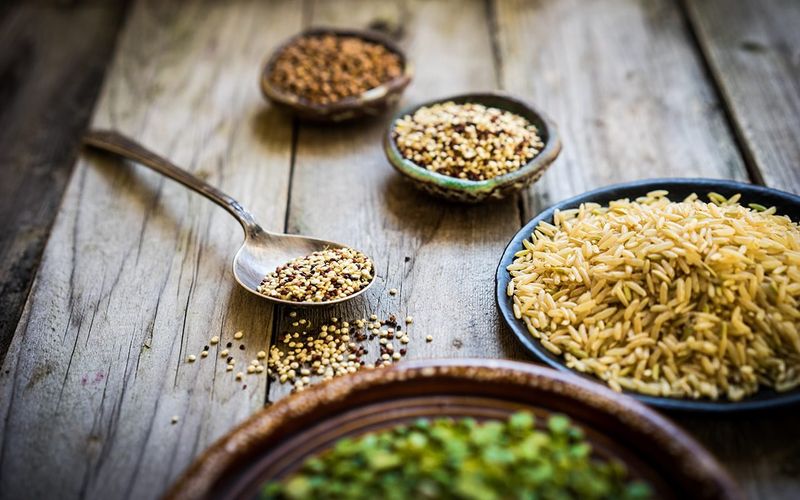
Swap refined grains for whole grains to support your health. Whole grains like brown rice and quinoa digest slower and keep you full longer, unlike their refined counterparts. It’s not just a swap; it’s a lifestyle change that benefits your body in profound ways. Whole grains provide essential nutrients and fiber, aiding digestion and contributing to sustained energy. The switch might seem minor, but the impact is substantial, influencing your overall health positively. Embrace the variety and flavor that whole grains bring to your meals.
8. Non-Starchy Veggies
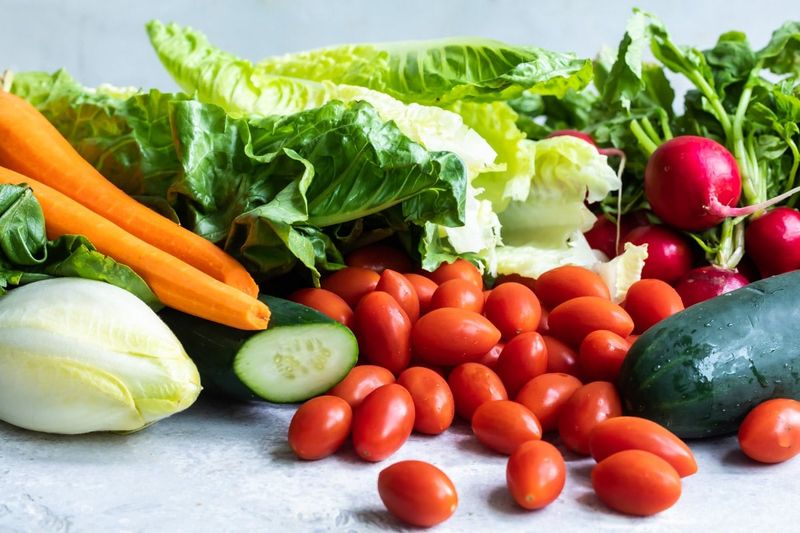
Load up on non-starchy vegetables like leafy greens, cauliflower, and bell peppers. These veggies bulk up meals without adding excess carbs, providing flavor and nutrients. Imagine a plate filled with vibrant colors and varied textures, offering both taste and health benefits. This isn’t about deprivation; it’s about discovering the satisfaction of a balanced meal. Non-starchy vegetables are versatile and can be the star of any dish, enhancing both your palate and well-being. Discover the joy of eating healthily, one delicious bite at a time.
9. Increased Protein
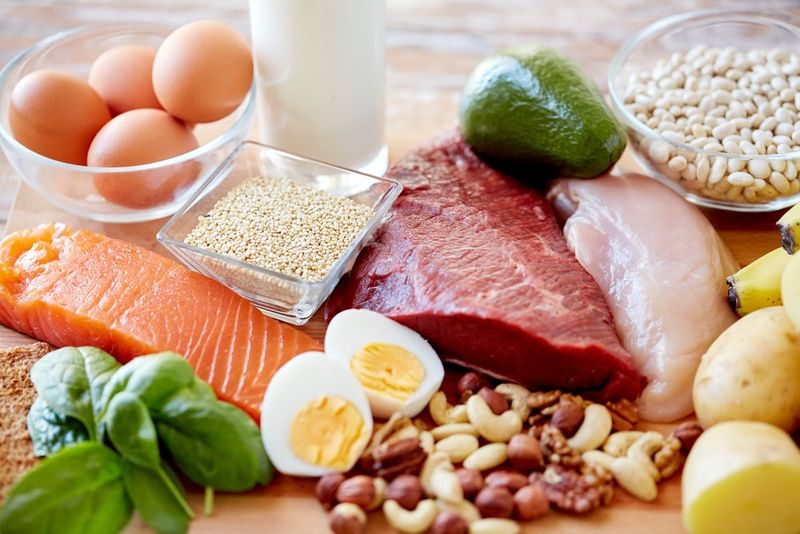
Adding more protein to your meals can curb carb cravings effectively. Eggs, tofu, beans, or lean meats help stabilize blood sugar, offering a satisfying and nourishing alternative to carb-heavy foods. Picture a meal where protein takes center stage, providing energy and satiety. It’s a shift towards a more balanced diet, where the focus is on nourishment rather than restriction. Protein-rich meals are not only filling but also essential for maintaining muscle and overall health. Explore the diverse world of proteins and feel the difference.
10. Drink Choices

Avoid drinking your carbs by choosing water, sparkling water, or black coffee instead of sugary drinks. These beverages are refreshing alternatives that don’t pack on unnecessary carbs. Visualize a day where hydration comes without hidden sugars and health is prioritized. The simplicity of reaching for water or unsweetened tea can transform your dietary habits. It’s about making mindful choices that align with your health goals, one sip at a time. Embrace the purity and simplicity of drinks that refresh and rejuvenate naturally.
11. Smart Snacking

Snacking smartly can make a significant difference. Opt for nuts, hummus with veggies, or Greek yogurt instead of carb-laden snacks. Imagine a snack that satisfies without guilt, offering both taste and nutrition. This isn’t just about replacing food; it’s about redefining what a snack means to you. Smart snacks provide sustained energy and prevent the mid-day slump. They keep your hunger at bay while supporting your health goals. Discover the joy of snacking wisely and enjoy the benefits it brings to your daily routine.
12. Lettuce or Collard Wraps
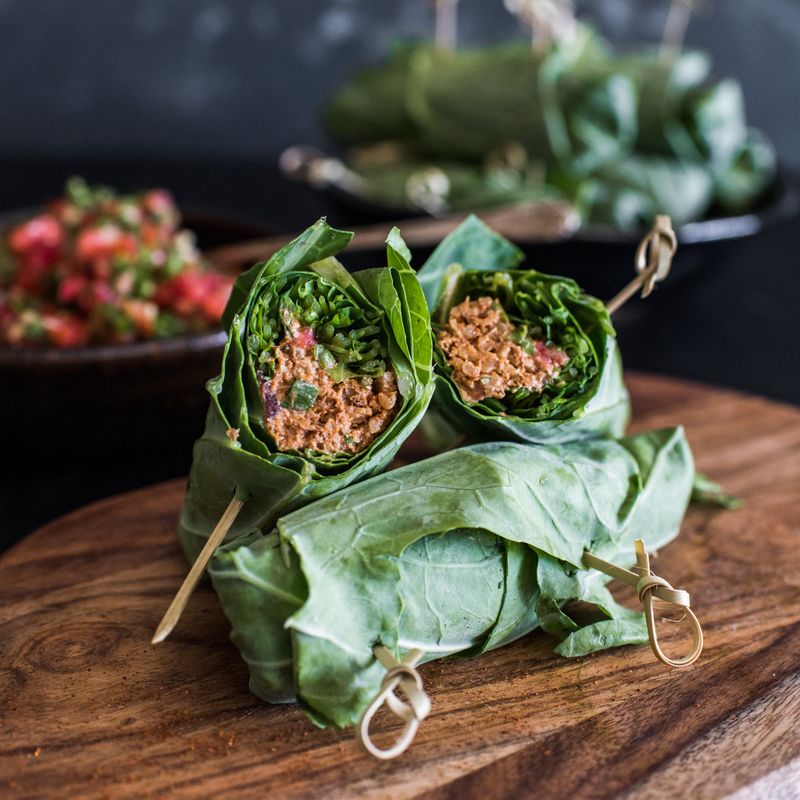
Consider lettuce wraps or collard greens as alternatives to bread for sandwiches and tacos. These fresh alternatives offer a crunchy texture and fewer carbs, adding a refreshing twist to your meals. Picture a wrap that bursts with flavors, where every bite is both delightful and health-conscious. It’s about enjoying your favorite foods while making smarter choices. Lettuce and collard greens bring versatility and nutrition, transforming ordinary meals into extraordinary experiences. These wraps are more than substitutions; they’re invitations to explore culinary creativity.
13. Sugar Reduction

Cutting sugar in recipes doesn’t mean compromising on flavor. Most baked goods still taste great with less sugar, and spices like cinnamon or vanilla can enhance the taste. Imagine a muffin that delights the palate without overwhelming sweetness. It’s about creating balance, where flavors shine without excess. Reducing sugar is a journey towards appreciating the subtlety in taste, where each ingredient plays its part harmoniously. This change isn’t just about health; it’s about elevating culinary artistry, where simplicity meets satisfaction.
14. Carb “Double-Up” Awareness

Be mindful of carb “double-ups” by choosing one carb source per meal. For example, if you’re having pasta, skip the bread. This awareness helps balance your plate, avoiding unnecessary carb intake. Imagine a dish where each component complements rather than competes. It’s about creating harmony in your meals, where every bite is purposeful and satisfying. This mindful approach isn’t about restriction; it’s about understanding and optimizing your diet. By focusing on single carb sources, you enhance both flavor and nutrition, fostering a healthier lifestyle.
15. Low-Carb Dinner Planning
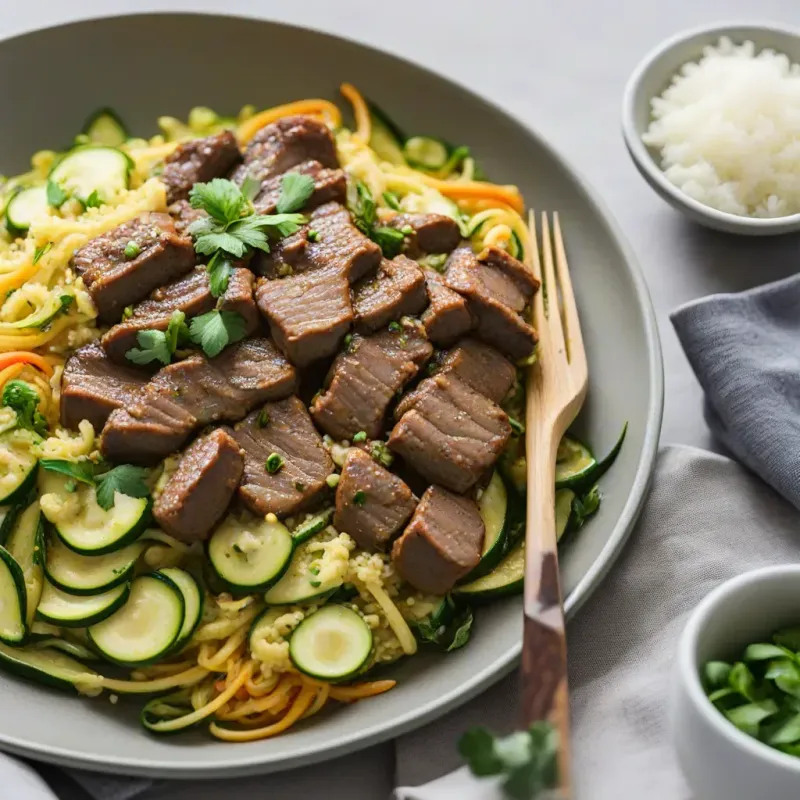
Planning low-carb dinners can introduce variety and nutrition to your diet. Dishes like zoodle stir-fries and cauliflower rice bowls offer satisfying alternatives with fewer carbs. Envision a dinner that’s both nourishing and inventive, where every bite supports your health goals. It’s about exploring new flavors and textures, making meals exciting without relying heavily on carbs. This approach is not just a trend; it’s a sustainable way to enjoy food while prioritizing wellness. Embrace the creativity that low-carb dinner planning brings to your culinary repertoire.
16. Mindful Eating

Mindful eating is about awareness, not obsession. You don’t need to go keto; understanding your carb intake can make a big difference. Picture a meal where you savor each bite, appreciating the flavors and nourishment it provides. This practice encourages a deeper connection with your food, promoting satisfaction and well-being. It’s not about strict rules; it’s about making informed choices that align with your lifestyle. Embrace the journey of mindful eating, where each meal becomes an opportunity to nourish both body and soul.
